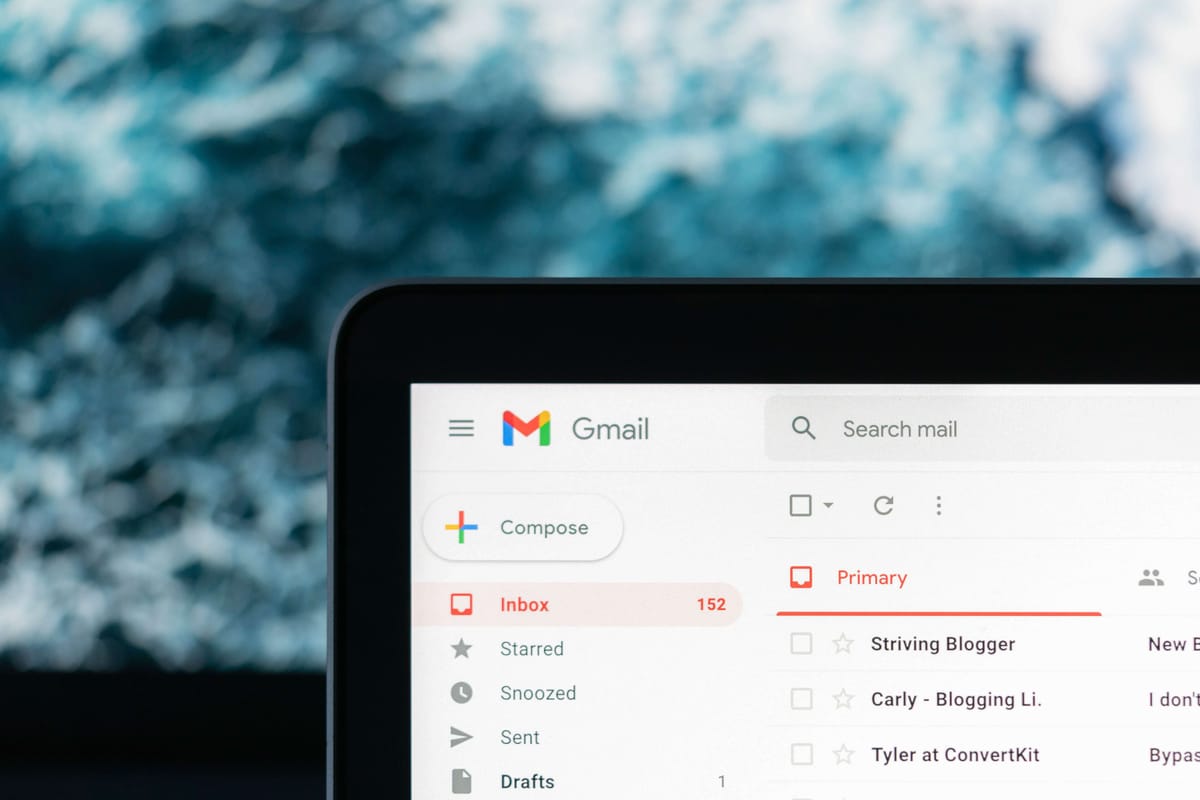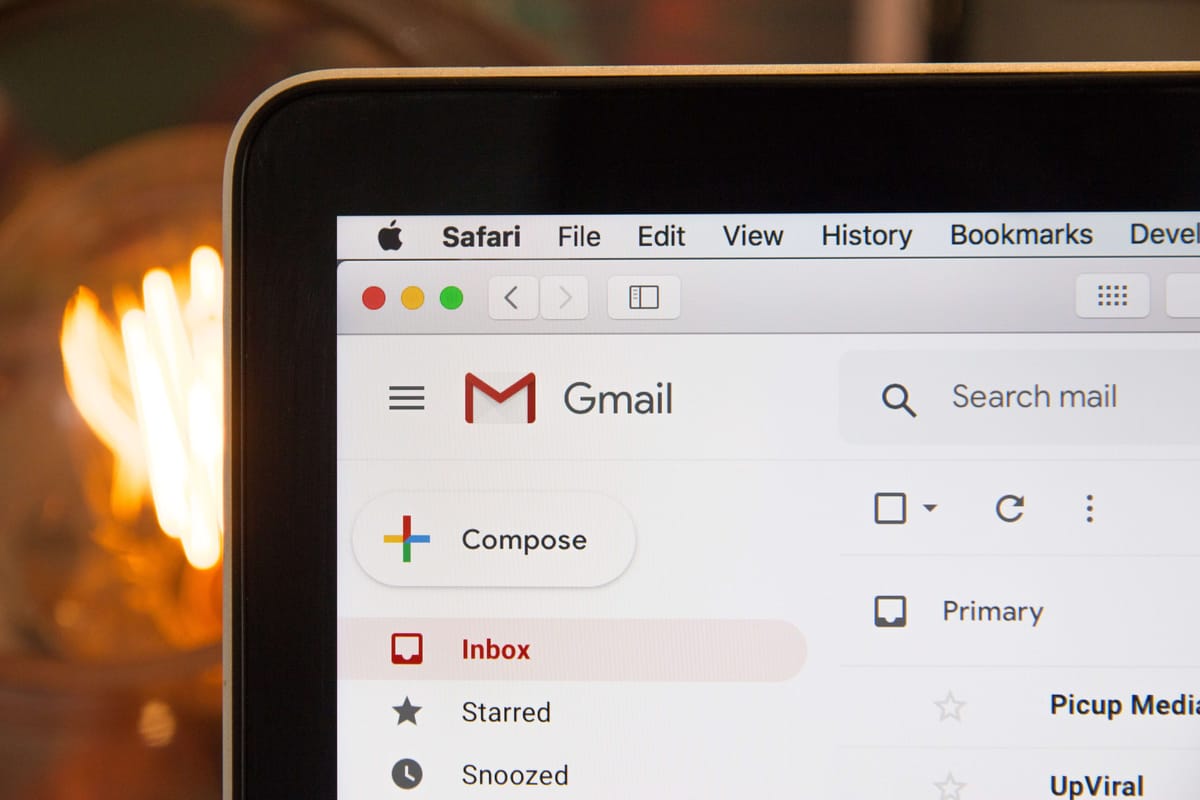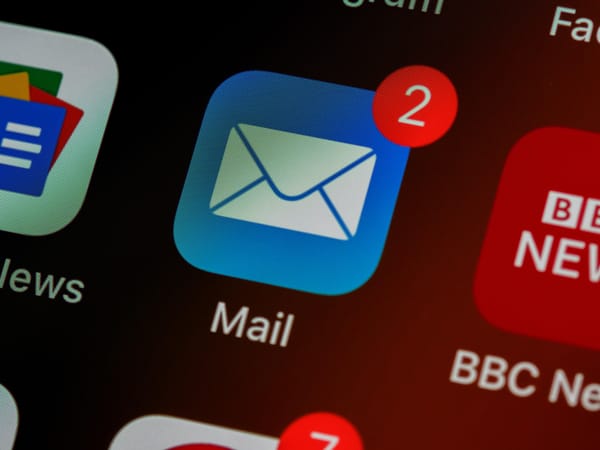Despite the rising competition from social media, email marketing continues to be one of the most effective tools for B2B marketing. It’s great for product awareness and generating new leads, but also for boosting customer retention. It’s considered the most effective digital channel to use for retaining customers.
It’s common for businesses to make customer acquisition a top priority in marketing campaigns leaving customer retention to take the backseat. Big mistake!
Neglecting your customers and not having a strategy in place to nurture a relationship with them can account for 67% of the customers you lose.
It also takes a lot more money to acquire a new customer than to retain one. Research shows it costs five times more to gain a new customer! So ask yourself, are you doing enough to retain your customers? If not, keep reading…
When it comes to customer retention, it boils down to building a strong relationship with existing customers and finding ways to upsell and cross-sell your products, all to increase your customer lifetime value (CLV). Email marketing is the most effective digital channel to achieve this. It’s cost-effective and allows you to send highly personalized, relevant content directly to your target audience.
But how exactly you can use email marketing to improve your customer retention? Follow the following steps for success:
- Personalize and segment emails
- Use emails to regularly stay in contact with your customers
- Send out special promotions and offers
- Educate your customers through email
- Send out customer feedback surveys
- Send out re-engagement emails
- Stay in contact with customers who do leave

Personalize and segment emails
When it comes to emailing existing customers, you must provide content that is personalized and relevant to them.
Inboxes are constantly flooded with new emails each day. Scanning through to find which ones to read and which ones to just mark as read is a familiar activity for most of us and is likely what your customers do as well.
Personalizing your subject lines and making your email content relevant is what will help increase the chance of yours being opened and most importantly, actually being read by your customers. Research has found that emails with personalized subject lines have a 50% higher open rate on average, which is pretty decent!
Simple things such as addressing customers by their first name and recommending products relevant to the customers' specific interests add a human touch and prevents the email from sounding too robotic.
Of course, it would be pretty expensive if you tried to make every email unique. The best way to go about personalization is to use email marketing tools to segment your customers based on things like industry, business size, engagement level, products purchased, location, etc.
Tools like Vero and ToutApp are great for segmenting existing customers. They will send out trigger emails when customers take a specific action e.g. if a customer is browsing a specific product page on your website, a trigger email can be sent containing further product information, reviews, or even a special offer for that particular product.
Use emails to regularly stay in contact with customers
Don’t just neglect your customers once they have purchased.
Send out a personalized thank you email every time a customer purchases a product/service to show your appreciation. This could be followed up with a helpful “getting started” email so they know how to make the most of your product/service. Having a seamless experience with the first product/service they purchase will increase the chance of them using you again.
Regularly update them on recent brand announcements and send out friendly reminder emails. Let them know about any events you are hosting or attending that they might be interested in, new product launches, or any relevant blog posts that have recently been uploaded onto your website.
Recommend products to customers based on their previous purchases and remind them in advance when a subscription is almost up or a renewal is due. You could even offer money off their next subscription to give them a bit more of an incentive to subscribe to your service again.
Be clever about when and how often you send these emails to customers. You don’t want to be flooding their inbox with promotional emails and sending them at inconvenient times (especially since you could be flagged as spam).
It’s hard to give an exact time and day that is optimal for customers to receive emails. The best way to find this out for your specific customers is through trial and error. Start by sending emails at different times and identify which ones are getting the most response. Over time you’ll get to know the schedule of your specific customers and when is best to send them an email.
As mentioned above, you can also automate emails using email-marketing tools so they are sent when a certain action is taken, e.g. when a customer abandons a cart or when a customer signs up to one of your webinars. This way you know the email is being sent at a time when a customer is in the researching or buying mode.
You could also give your subscribers more control by letting them set their own email preferences. Send them an email asking what types of emails they want to receive and the frequency that they want to receive them.

Send out special promotions and offers
Offering special promotions and offers through email is a great way to gain repeat purchases.
Take advantage of significant events throughout the year such as Valentine's Day, the Holiday Season, end-of-year, national holidays, etc., and offer a special discount on your product/service.
Offer incentives for customers who recommend you to another buyer. A reduced price, gift cards, or loyalty points for both the referrer and referee is a great way to keep current customers happy whilst at the same time gaining a new customer. You could even make the special deals limited-time only to encourage them to take action on it quickly.
Send out promotions based on specific actions customers take. E.g. when a customer purchases a product/service for the first time, send them an email offering them a compelling deal for their next purchase to encourage them to come back.
Celebrate the anniversaries of customers who have been with your brand for a while. Send a celebration email containing a special prize, e.g. a coupon or a gift card to show your appreciation for their loyalty.
Depending on how well you know the buyers at your target businesses, you could even send birthday emails to customers containing a special promotion; this is a simple but effective strategy. It not only gives them more of an incentive to buy from you but also shows to your customer that you care and are thinking of them.
Educate your customers through email
Nurturing a relationship with existing customers and keeping interest high takes more than just sending out promotional emails. You also need to provide value and give them a reason to stay with your brand.
Use emails to send out detailed information about your product/service and how it will specifically benefit them and their business. Identify common issues within the industry and provide educational emails about those issues. Send out client case studies, interviews with well-known industry leaders, top tips on how to succeed, and previous customer success stories.
Try to include a CTA (call-to-action) in these emails too e.g. provide a link to a specific product page at the end of an educational email, or direct them to the registration page for your next event, etc.
Send out customer feedback surveys
Asking customers for feedback not only shows that you value your customer’s opinion, but also provides you with data on the exact actions you need to take to improve your customer retention. It’s a win-win!
Using email to ask for customer feedback means you can receive results instantly allowing you to promptly act on any concerning issues. You can also automate customer feedback emails using an email marketing tool. It will save you precious time by analyzing the customer feedback data for you and flagging up any unhappy customers that are at risk of leaving or canceling.
Send out re-engagement emails
Re-engagement emails are designed to bring back previous customers who haven’t engaged with your brand for a while.
You can set up a re-engagement email that is triggered when someone hasn’t interacted with your business for a certain period or has recently unsubscribed. Contain a special offer or a coupon e.g. free subscription for the first month or 25% off entice them back in.
Stay in contact with customers who do leave
It’s very difficult to get a 100% customer retention rate. We have to face reality and realize that some customers will one day leave us. However, that doesn’t mean you need to leave them.
Optimize your cancellation confirmation emails, make them friendly, ask why they left, and offer opportunities on how they can get back in touch with you.
Send ‘we miss you’ emails that give updates on your recent products/services, and explain how you have addressed their feedback and improved your services. End the email with an appealing special offer on your product/service to give them even more of a reason to come back to your brand.
Start email marketing for customer retention. It’s worth it.
Email marketing is an easy and effective channel that allows you to stay in contact with your existing customers and remind them of your value. Keeping customers happy and showing them they haven’t been forgotten is what will ultimately make them choose to stay. It also increases the chance of them recommending you to other potential buyers meaning you may also gain some new customers along the way.
Don’t let customer retention take the backseat. Start implementing email marketing into your customer retention strategy now.
What kind of email content should you be putting out there? Need some advice on how to retain customers? Head to the Revenue Marketing Alliance Community!




 Follow us on LinkedIn
Follow us on LinkedIn



